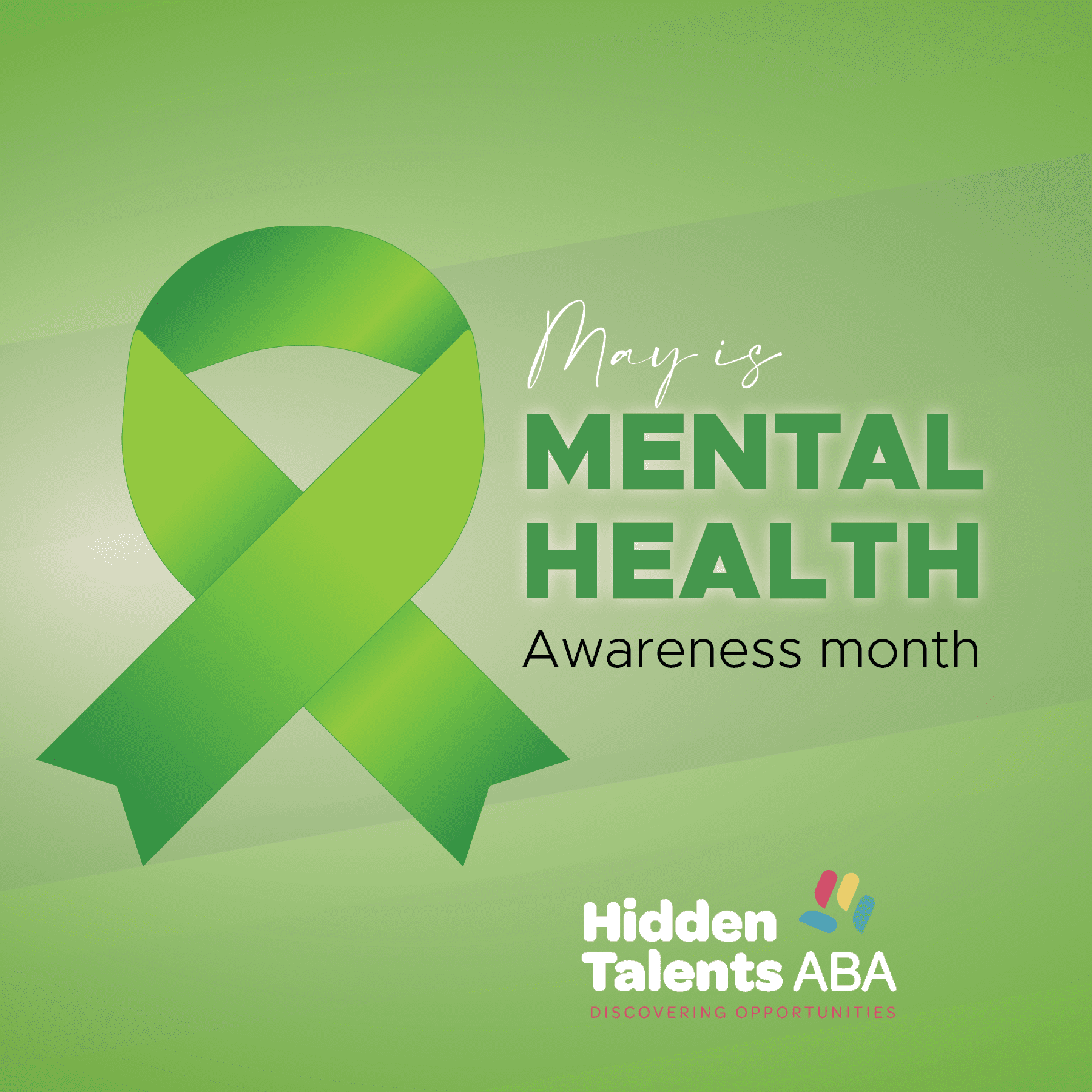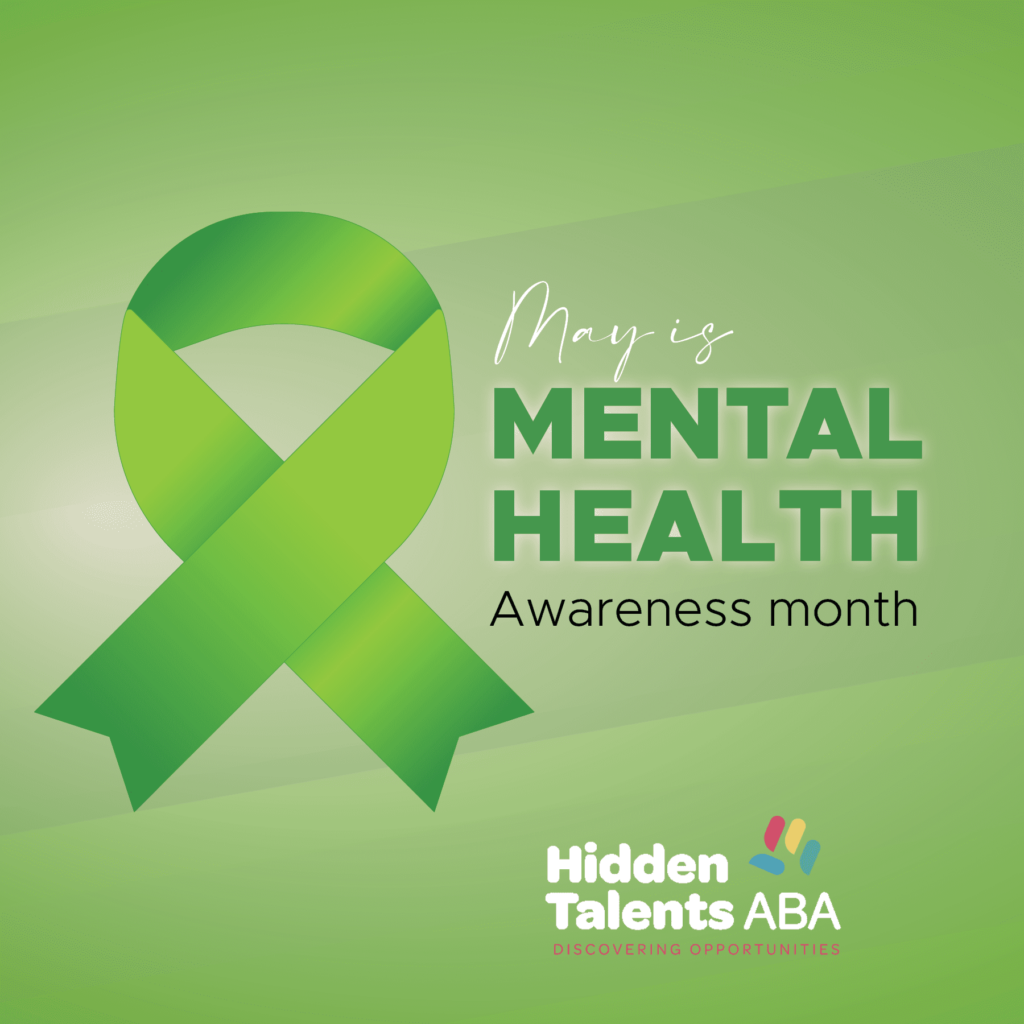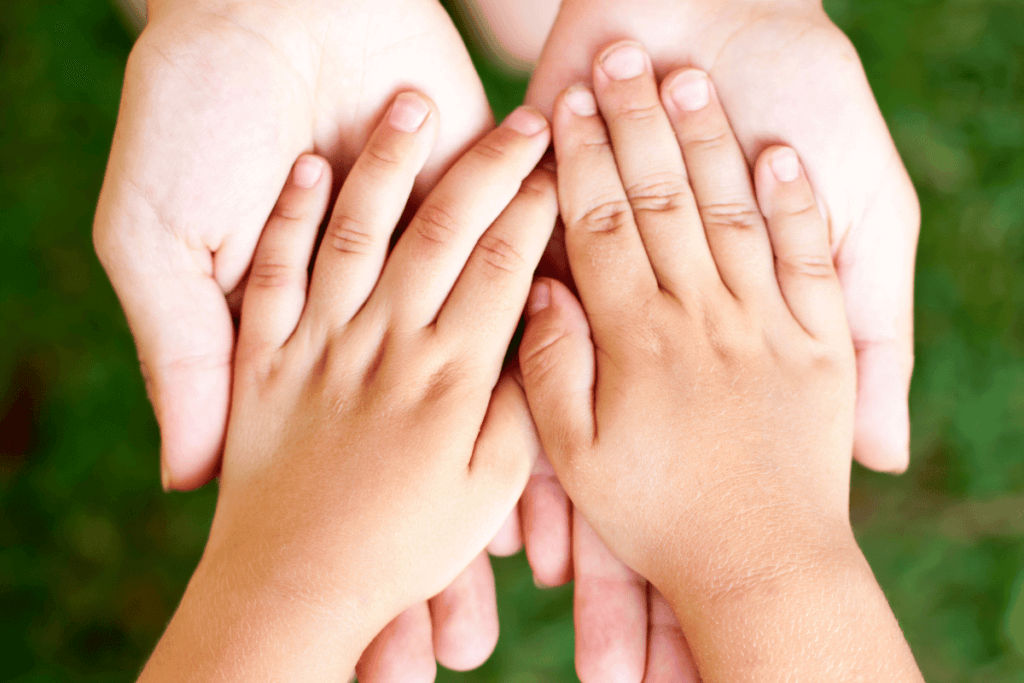“Everyone has a mountain to climb, and autism has not been my mountain, it has been my opportunity for victory.”
~ Rachel Barcellona


“Everyone has a mountain to climb, and autism has not been my mountain, it has been my opportunity for victory.”
~ Rachel Barcellona


The sooner someone with autism spectrum disorder (ASD) starts to work on their social skills, the better. It’s important that ASD gets diagnosed as early as possible so ABA therapists can help build strong, practical social skills with their autistic patients.
Read on to learn more about:
Social skills are essential tools. Everyone needs to have them and use them in their everyday lives. They are what make it possible to have successful communication. Without them, there would be misinterpretations during each social interaction with another person.
Social skills can be characterized one of the following:
Verbal social skills: Let the other person know about certain information through talking and voice how you’re feeling to the people around you.
Written social skills: Exchanging information, feelings, thoughts, and opinions through writing. Newsletters, lists, emails, and notes are all used for written social skills.
Non-verbal social skills: Using appropriate gestures to communicate during social interactions and knowing how to use facial expressions and body language in practical ways.
Empathetic social skills: Empathy as a social skill consists of three key components. how to recognize the emotions of others. Understanding what they are feeling and thinking—knowing and feeling the same way that they do to give a sincere response.
Some of the common characteristics of social skills include:
Autistic individuals who are older or have a late diagnosis may struggle to relearn healthy social skills. It could also take them longer to develop those skills as well. Learning a new skill set can take quite a bit of time.
More time is often needed because they also have to forget their old habits. Letting go of negative behaviors that hold them back is one step closer to having good social skills.
Having good social skills can help autistic children:
Another reason why children with autism struggle with social skills because it is much harder for them to pick up on social cues. They may not recognize how another person feels right away, which can sometimes lead to them seeming like they don’t care.
A robust set of social skills is essential for autistic children. It will have a significant positive impact on their mental health. Communicating their needs and expressing emotions to others will give a massive boost to their self-esteem.
Building solid social skills is good for the mental and emotional wellbeing of people with ASD. It can increase their overall quality of life.
The most essential and needed social skills that can be taught to children with autism belong to these four groups:
Play skills: Sharing toys and taking turns to be fair with one another.
Conversation skills: Choosing appropriate conversation topics or what body language to use.
Emotional skills: Recognizing, understanding, expressing, and managing their emotions, also doing the same for the feelings of other people.
Problem-solving skills: Making proper decisions in social situations, dealing with and resolving conflict.
Here are seven social skills that every child should have and why they’re so necessary to have:
Applied Behavioural Analysis (ABA) is an effective type of therapy. It is a common form of therapy for children with developmental conditions such as autism spectrum disorder (ASD).
ABA therapy involves reinforcing new and healthy behaviors. It pinpoints what specific strengths and weaknesses need attention.
It is also one of the most popular therapies. It’s primarily known for helping autistic children build positive skills such as:
ABA therapy’s effective design was created for meeting the needs of everyone in a different way. Each treatment plan is unique.
The main goal of ABA therapy is first to understand how certain behaviors develop. Once the behaviors that have adverse effects get identified, intervention and a treatment plan get put into place.
ABA therapy can help your autistic child build healthy social skills. It can also improve learning abilities and modify behaviors into more positive ones. Check out Hidden Talents ABA to learn more about how you can easily access quality and effective treatments.
To role-play as a social skill-building strategy, set the role-play:
One of the most effective intervention strategies for teaching social skills to autistic children is video modeling.
It is a visual teaching technique and involves watching a video of the desired behavior. After the video is over you, then work with the child to try to mimic the same behaviors as seen in the video.
Use games as your tools when teaching autistic children new social skills. Games are hands-on and fun. They are good at making it easy for any child to take part in skill-building activities.
Playing different types of games is a great interactive way to develop meaningful social skills. Behaviors that get learned through playing games also often will stick.
Visual supports enhance the communication process by adding another interpretable level to it.
Photographs, artwork and various objects can all get used as visual supports. Using written words as visual supports, such as checklists and schedules, can also be used.
An excellent example of a visual support is a stop sign.
Giving out proper praise when deserved is essential. It’s a necessary part of effectively teaching autistic children social skills.
Children are more likely to remember how to use good social skills when rewarded. You can give them praise for displaying certain positive, ideal behaviors.
Giving credit when needed also shows them that they are on the right track. It reassures them that they are offering the appropriate social behaviors.
Social skills training (SST) is a type of behavioral therapy. It helps people with developmental disorders, like ASD, to quickly learn and build a solid set of social skills.
It shows how to use positive behaviors in complex social situations. SST also teaches valuable social problem-solving skills needed in everyday life.
Social stories are personalized short stories. They are a way for autistic children to easily exchange information.
Doing so can make it easier to develop positive social skills. They typically get written in an active first-person point-of-view. They can answer questions based on: Who, what, when, where, why, and how.
You can find several examples of social stories for different specific issues here.

May is Mental Health Month, a whole month dedicated to making mental health is something everyone should care about. The COVID-19 pandemic has had a profound impact on the mental health of people of all ages. Now, more than ever, it is critical to reducing the stigma around mental health struggles, because that stigma often prevents individuals from seeking help.


Many believe that Autism Spectrum Disorder (ASD) makes those on the spectrum lack empathy. The reality is that many people with ASD have trouble identifying what they are feeling. When unable to express their emotions, it seems like they don’t have any.
The purpose of this article is to inform people about the effects that autism has on empathy. By the end, you will have learned:

Empathy means being able to feel the emotions of another person. You experience certain feelings together.
Sympathy means understanding why that person feels those emotions. Yet, they remain distanced enough not to inherit their feelings.
Psychologists Daniel Goleman and Paul Ekman discovered three forms of empathy. Cognitive, emotional, and compassionate.
Cognitive empathy is awareness of how and why a person might feel a certain way. It is the ability to look at things from all perspectives. Doing so helps you understand their emotions and thought processes.
Emotional empathy is when you feel the same emotions as another person. You can achieve it by putting yourself in the same emotional place as someone. You then can feel and understand what they are going through.
Compassionate empathy is a balance between cognitive and emotional empathy. You are aware of the other persons thinking and emotions and can feel them as well. Those two elements put together motivates you to take action to help them.
Someone with autism spectrum disorder may have trouble expressing sympathy and empathy. Or they may fail to express them at all. Being unable to express those emotions makes it appear as if they lack those emotions.
It’s common for someone with autism to fail to express those emotions. It doesn’t mean that they don’t have them, though. Most of the time, they have underdeveloped skills. Those skills can be in one or more of the many elements needed to show empathy to other people.
Here are the empathetic elements that you need to connect with someone:
Empathy is an emotion with two dimensions. It has a cognitive level and an affective/emotional level.
The cognitive level is where you recognize and understand someone’s emotional state.
The emotional/affective level is where you feel someone’s emotions.
Emotions are displayed on the face using the mouth and the eyes. People with ASD tend not to pay attention to those places and look at the sides of a face instead. As a result, they cannot use cognitive empathy. They are unable to recognize emotions by looking at the expressions on people’s faces.
Affective empathy gets felt more powerfully. It even can be overwhelming for some people with ASD. The emotions of other people may even be more intense for some autistic people.
Another factor that makes it seem like autism causes a lack of empathy is the missed social cues. Children with autism tend to have different responses to things than typical children. They end up having different reactions because of those missing cues.
Here are some reasons why someone with ASD may miss these cues:

The Journal of Applied Behavioural Analysis published research involving autistic children learning empathy. The study indicated that autistic children could indeed get taught cognitive empathy.
Many techniques for teaching empathy include reinforcing responses to other people’s emotions. Modeling and prompting are two popular ones. They teach how to use the correct facial expressions, body language, tone of voice, and phrases.
However, those techniques only teach behavioral empathy, not empathy at an emotional level.
Cognitive-behavioral therapy (CBT) and other therapies have proved to improve emotional empathy.
Reports show that 1 in every 54 children in the U.S. gets diagnosed with some form of ASD. Over half of autistic students ages, 6 to 21 are in a regular classroom for 80 percent or more of their day at school.
Proper and clear explanations of autism to other children are essential. Doing so helps make classrooms more comfortable for autistic students. It creates a safer environment for them when the people around them are aware of their needs.
When explaining autism to another child, keep these tips and ideas in mind:
Honesty should never be considered rude, especially when it comes to the curiosity of a child. You can take it as an opportunity to explain to them that everyone’s different and that that’s okay.
Show them the different ways that they can communicate with non-verbal autistic children. Let them know that even though they can’t talk, it doesn’t mean they don’t understand anything.
If you hold back on not talking about certain things, it shows them that it’s too bad to talk about it. A negative mindset can develop if a child feels like they shouldn’t discuss a specific topic.
Books and stories can have a powerful impact on the way a child views things. Try reading them books about autism spectrum disorder with autistic characters in them. Those types of books can put certain things into an easier-to-understand perspective.
You may hear them say, “that kid is weird” or that they “act crazy.” Please take this opportunity to correct them. Explain that some people have more significant reactions to things than others do. Also, let them know that it’s never okay to call someone weird or crazy because they’re different. It can be hurtful to the other person’s feelings.
Applied Behaviour Analysis (ABA) therapy helps children with autism spectrum disorder build social skills. It also teaches them appropriate behaviors. Each therapy plan is different and gets catered to the autistic child’s unique needs.
Here’s what a trained therapist may do to teach a child with ASD empathy:
The main goal of ABA therapy is to teach a child with ASD how to understand their emotions. They also will develop an emotional understanding of the feelings of others. The therapist will work with the child to improve the child’s behaviors and responses.

Wishing you and your family a Happy Cinco de Mayo!
